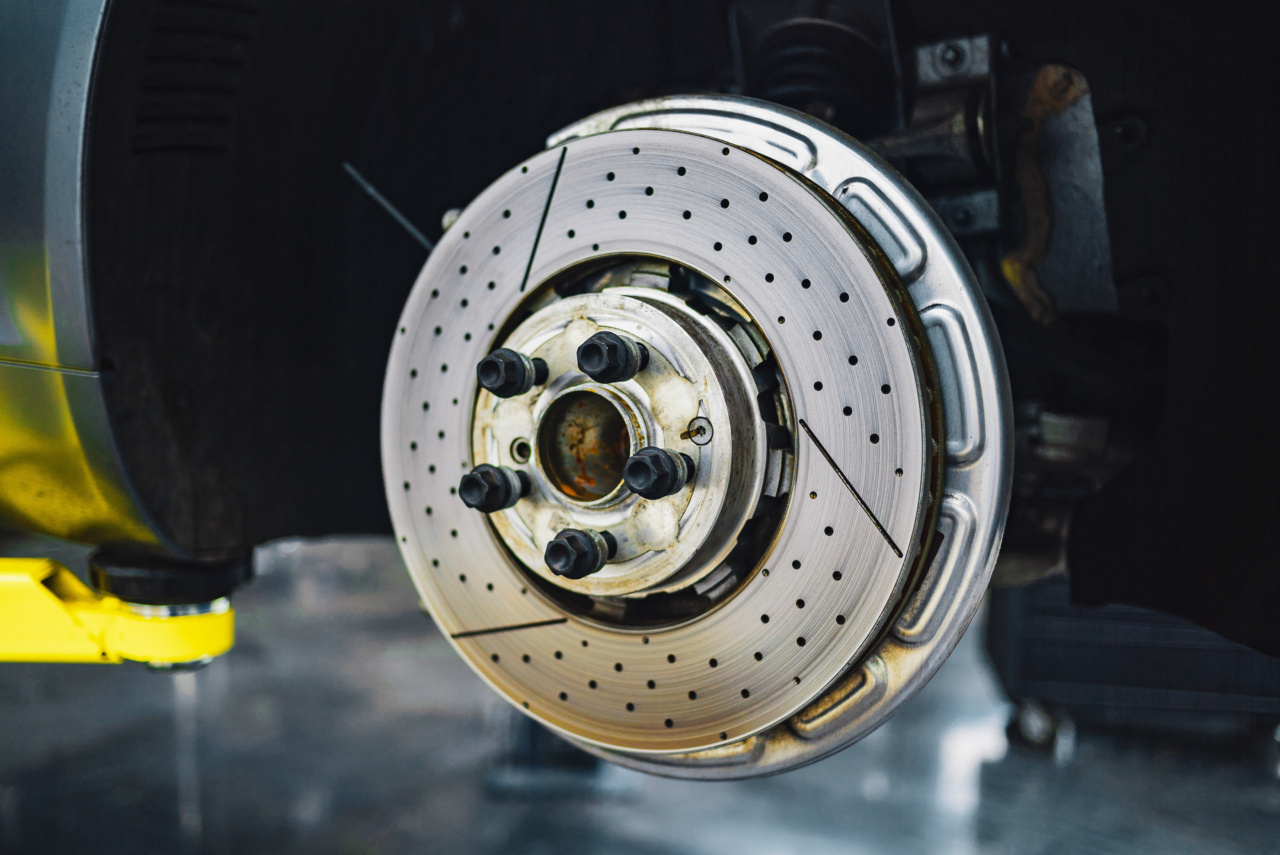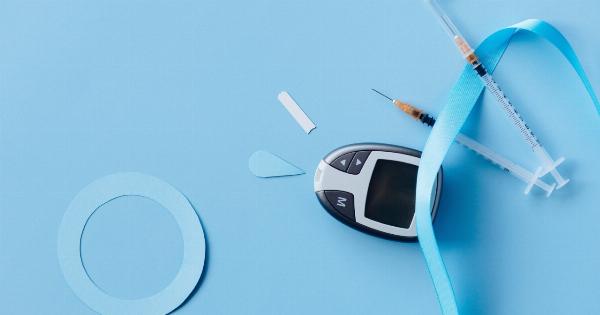Diabetes is a complex metabolic disorder affecting millions worldwide.
One of the major challenges faced by individuals with diabetes is the malfunction or complete failure of the pancreas, a vital organ responsible for producing insulin and regulating blood sugar levels. However, a groundbreaking medical device is taking the world by storm, offering hope to diabetics who require a replacement for their damaged pancreas.
The Significance of the Pancreas
The pancreas plays a critical role in maintaining the balance of glucose in the bloodstream. It secretes insulin, a hormone that facilitates the absorption of glucose from the blood into the body’s cells.
In individuals with diabetes, the pancreas fails to produce sufficient insulin, leading to hyperglycemia or high blood sugar levels. This chronic condition requires lifelong management and can lead to severe complications if left uncontrolled.
Limitations of Current Treatments
Traditional treatments for diabetes involve insulin injections or the use of insulin pumps. While these methods help regulate blood sugar levels, they do not address the underlying issue of a malfunctioning pancreas.
Moreover, patients often face challenges related to injection frequency, dosage adjustments, and potential side effects.
Introducing the Revolutionary Pancreas Replacement Device
A team of scientists and medical experts collaborating across multiple disciplines have developed a revolutionary device aimed at replacing damaged or non-functioning pancreases.
This innovative medical breakthrough stands to transform the lives of diabetics by restoring healthy pancreatic function while minimizing the need for regular insulin administration.
How Does the Device Work?
The pancreas replacement device is an implantable device, designed to mimic the function of a healthy pancreas. It consists of two main components: an artificial pancreas and a glucose sensor.
The Artificial Pancreas
The artificial pancreas is the core component of the device. It is responsible for monitoring blood sugar levels and producing and delivering the precise amount of insulin required by the body in real-time.
This is achieved through advanced algorithms and feedback loops, ensuring optimal glucose regulation.
The Glucose Sensor
The glucose sensor, connected to the artificial pancreas, continuously measures blood glucose levels. It relays this information to the device, which then adjusts the insulin release accordingly.
The sensor is designed to be minimally invasive and highly accurate, making it comfortable for the patient to wear without compromising accuracy.
Advantages of the Pancreas Replacement Device
This revolutionary device offers numerous advantages over traditional diabetes management methods:.
- Improved Blood Sugar Control: The artificial pancreas provides real-time glucose monitoring and insulin administration, resulting in more precise regulation of blood sugar levels than manual injections.
- Less Dependency on Insulin Injections: With the device taking over the pancreatic function, individuals may require fewer insulin injections or, in some cases, none at all.
- Reduced Risk of Complications: Proper regulation of blood sugar levels can significantly reduce the risk of complications associated with diabetes, such as cardiovascular diseases, kidney damage, and vision problems.
- Enhanced Quality of Life: By effectively replacing the damaged pancreas, this device offers individuals with diabetes newfound freedom and improved quality of life, eliminating the need for constant monitoring and insulin administration.
- Future Potential: The development of this device opens the door to further advancements, such as the integration of artificial intelligence and machine learning algorithms, enabling even more personalized and efficient diabetes management.
Promising Results from Clinical Trials
The pancreas replacement device has shown promising results in clinical trials. In a study involving a substantial number of participants with diabetes, the device demonstrated its ability to maintain optimal blood sugar levels consistently.
Furthermore, patients reported improved glycemic control, reduced hypoglycemic episodes, and an overall improvement in their well-being.
Challenges and Future Outlook
Despite its incredible potential, the pancreas replacement device is not without its challenges.
These challenges include the need for long-term safety studies, refining the design and functionality of the device, and ensuring its affordability and accessibility to individuals from all socioeconomic backgrounds.
However, the relentless pursuit of innovation in the medical field, coupled with continued research and development, holds great promise for addressing these challenges and bringing this revolutionary device to the market.
Conclusion
The development of a device designed to replace damaged pancreases in diabetics is a significant breakthrough in the field of diabetes management.
This innovative technology offers hope to millions, providing a more efficient and reliable method of blood sugar control. As the device continues to undergo refinement and further clinical trials, it holds the potential to revolutionize the way diabetes is managed, significantly improving the quality of life for individuals with this chronic condition.






























